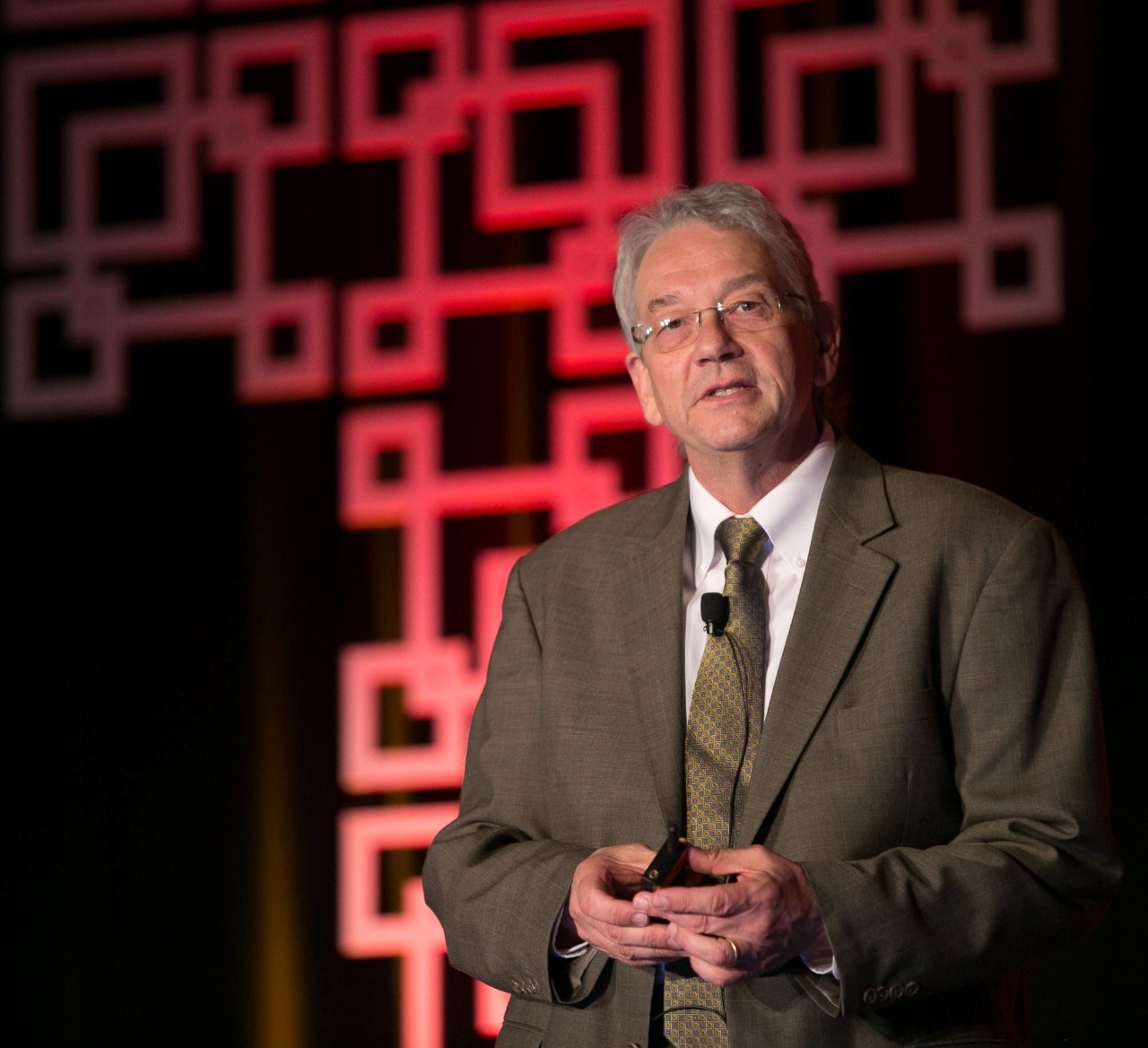Key Practices that Inform the Nature of Healthy Leadership [The Questions]
Addressing the questions that inform sustainable practice, capacity building, and generativity.

Healthy Leadership Blog Series
By Dr. Mark MCaslin
In this issue of the Healthy Leadership blog, a discussion surrounding the key potentiating questions that provide the foundation of the key practices that inform the nature of healthy leadership are introduced. These questions inform sustainable practice, capacity building, and generativity.
Sustainable Practice
The first two Questions and the accompanying practices are foundational for creating and maintaining healthy leadership. Healthy leadership is comprised of five integrated practices: Deep Understanding, Critical Reflection, Maturity, Empowerment, and Generativity.
Each practice holds a question that grounds the leader/potentiator in preparation for building sustainable systems and connects the leader/potentiator in anticipation of building the capacity for generativity. Deep Understanding and Critical Reflection build a sustainable foundation for the potentiator. Let's examine each question below.

1. Am I ready to learn?
When we respond affirmatively to this question, we open ourselves to understanding another’s actions and reactions to any given event, problem, or opportunity. Correspondently, the practice of Deep Understanding is a way to answer this question in a healthy, generative fashion.
As a potentiating practice, Deep Understanding embraces a conscious movement away from prejudgment of potential toward a deeper awareness of the possibilities held by another and self. Deeply rooted in empathy, it is not a directive or controlling stance but a purposeful probe into the meaning of the experience shared with another. It supports the actualization of human potential without a need to define, confine, or refine it. As a practice, it empowers creativity, curiosity, and wonder. It compassionately and intelligently opens us up to learn.
In future issues, we will discuss the heavy propositions. We will also confront the specter of desperate neutrality and its effects on human potential.

2. Am I ready to become critically and creatively self-aware?
When responding affirmatively to this question, we put our learning and curiosity to work in the world. The way of wonder opened in Deep Understanding gives way to wisdom through the practice of Critical Reflection, the purposeful act we take to deeply connect with where we are as a learner.
Through Critical Reflection, we become more deeply aware of our purpose and place and the impact of our interactions on others and our environment. What separates Critical Reflection from other types of learning or reflection is its deep probing into our individually held assumptions concerning how we interact with others. It is a very personal practice aimed at revealing a deeper self-awareness.
In future issues, we will discuss the importance of ethical individuality. It is not a matter of what a person may know that is important—it is what they believe. Pragmatically speaking, practicing Critical Reflection begins by exploring and constructing our unique philosophy of life.
Capacity Building

The foundational practices of Deep Understanding and Critical Reflection yield a mature, sustainable, empowering presence as we engage them. They instill a depth of understanding that yields us emotional agility, greater awareness of our environment, and insight into our impact as leaders, teachers, parents and community builders.
The following two Questions ask us to take our practice directly into the community of practice. While the first two practices are foundational for healthy leadership, the next two, Maturity and Empowerment, address how we put those skills to work as leaders, as they concern the act of leading. They are purposed at building the capacity of the community of practice through healthy leadership.

3. Am I ready to lead?
This question calls for a mature response. By practicing Maturity, we recognize and appreciate the creative efforts of another and the good person in another, even when that other is shrouded in the fog of self-doubt, self-deception, self-destruction, and self-reproach.
We know that beneath those exteriors is always a better explanation and deeper meaning for a person’s poor and/or unhealthy behavior than what readily appears on the surface. By practicing Maturity, the leader/potentiator realizes the emotional agility necessary to lead a community of potential toward its greatest potential.
As we practice Maturity, we continuously apply our foundational practices, Deep Understanding and Critical Reflection, and we prepare to build the capacity of the community of practice through Empowerment. Maturity thus generates Awareness, Insight, and Discernment (AID).

4. Am I ready to embrace a potentiating consciousness?
A growing sense of self and self-responsibility is a product of our practicing Deep Understanding, Critical Reflection, and Maturity. We practice Empowerment because it promotes balance and inspires a permeating sense of calm for the leader/potentiator. It builds the capacity for right action while instilling an inner resilience for when things go wrong.
Maturity is a gateway practice that promotes the potentiating actions of Empowerment. The harvest waiting for those practicing Empowerment is a greater reach into the gifts of potential within ourselves and those we lead.
Practicing Empowerment is also a way to cultivate and sustain the authentic self. Through this practice, our thoughts, words, and deeds align. It is a way toward our highest self based on our willingness to build potentiating relationships. Empowerment is fundamentally a relationship-building skill centered upon self-exploration and emotional intelligence. This practice focuses on building effective relationships.
Generativity

To participate fully within a community of potential while elevating healthy leadership is to achieve a healthy balance. The quintessential practice of Generativity concerns empowering creativity and innovation. From this perspective, I hope we might illuminate real solutions for today and tomorrow.
5. Am I ready to explore the farther reaches of healthy leadership?
Answering affirmatively, we connect the potentiating circle. Just as graffiti begets graffiti, potential begets potential, and we are drawn toward the light of our greatest potential. Generativity leads to healthy, sustainable leadership. Becoming a healthy leader requires integral support from the practices of Deep Understanding, Critical Reflection, Maturity, and Empowerment. Generativity fuses these practices, as they work best in concert. The practice of Generativity concerns itself with thriving. Generativity is a purposeful interdependent activity that catalyzes the principled response and responsibility that yields healthy leadership.
In future issues of this Blog, we will take a deeper dive into each of these potentiating practices. Healthy Leadership begins as a powerful form of constructive and transformative self-leadership. This discipline, achieved through practice, yields the sustainable foundations others are seeking and at the same time models good and healthy practices for those they lead.
Are you ready to learn?

ABOUT THE AUTHOR
Dr. Mark McCaslin
Dr. Mark McCaslin is an academic leader with a rich history of teaching, educational programming, and administration. His personal and professional interests flow around the development of philosophies, principles, and practices dedicated to the full actualization of human potential. The focus of his research has centered upon healthy organizational leadership and educational approaches that foster a more holistic approach towards the actualization of that potential. At the apex of his current teaching, writing, and research is the emergence of healthy leadership and the potentiating arts.